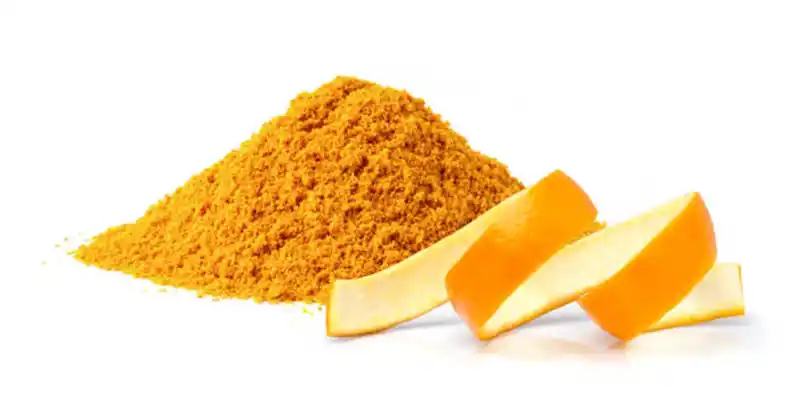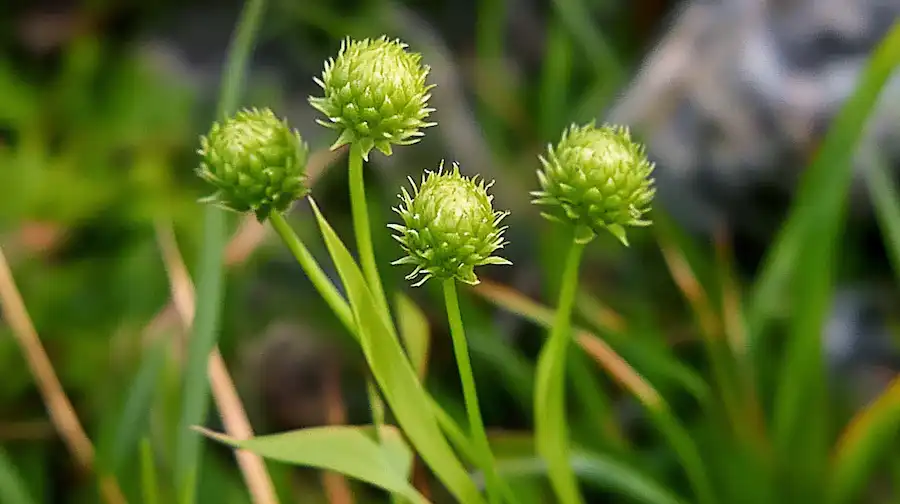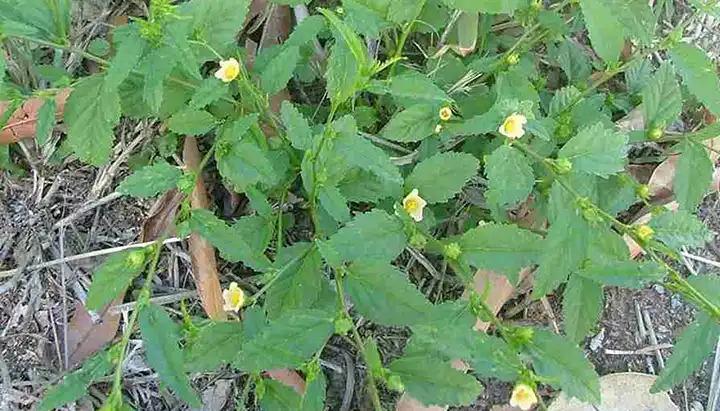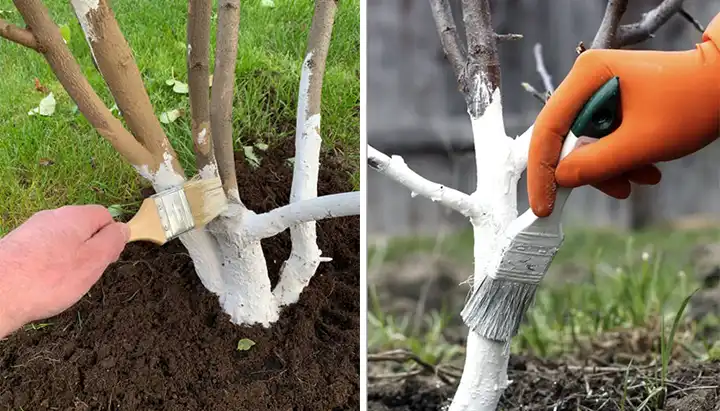Mastering Soil pH: The Key to a Thriving Garden
Understanding and managing soil pH is essential for cultivating a vibrant and successful garden. Soil pH directly impacts nutrient availability, microbial activity, and overall plant health, making it one of the most critical factors in gardening. Whether you’re a beginner or an experienced gardener, learning how to test, interpret, and adjust your soil pH can dramatically improve your gardening results. This guide will walk you through the steps to achieve optimal soil pH, ensuring your garden flourishes.
What is Soil pH and Why Is It Important?

Soil pH measures the acidity or alkalinity of your soil on a scale from 0 to 14, with 7 being neutral. Soil pH values below 7 indicate acidity, while values above 7 indicate alkalinity.
- Acidic Soil (pH < 7): Common in areas with high rainfall, acidic soils are rich in nutrients like iron, manganese, and aluminum. However, excessive acidity can lead to deficiencies in essential nutrients like phosphorus, calcium, and magnesium.
- Alkaline Soil (pH > 7): Often found in arid regions, alkaline soils are rich in calcium and magnesium but may lack vital nutrients like iron, zinc, and phosphorus, leading to poor plant growth.
- Neutral Soil (pH ≈ 7): Neutral soils offer a balanced environment where most nutrients are readily available, making them ideal for a wide variety of garden plants.
Understanding your soil’s pH enables you to make informed decisions about what to plant and how to amend your soil for optimal plant health.
Step 1: Test Your Soil pH
Before you can make any changes, you need to determine your soil’s current pH level:
- Soil pH Testing Kits: Purchase a soil pH testing kit from a garden center or online. These kits typically include pH test strips or a pH meter to test a soil sample. Follow the instructions carefully for accurate results.
- Professional Testing: For a more detailed analysis, consider sending a soil sample to a local agricultural extension service or professional soil testing laboratory. This provides comprehensive information on your soil’s pH and nutrient levels, along with recommendations for amendments.
- DIY Testing: For a quick, rough estimate, you can perform a DIY test using vinegar and baking soda. Take two soil samples from your garden. Add vinegar to one; if it fizzes, the soil is alkaline. Add water and baking soda to the other; if it fizzes, the soil is acidic.
Step 2: Understand pH Levels and Their Impact on Plants
Different plants have different pH preferences. Understanding these preferences helps you plan your garden more effectively:
- Acid-Loving Plants (pH 4.5-6.0): Blueberries, azaleas, rhododendrons, and hydrangeas thrive in acidic soil. If your soil is naturally acidic, these plants will likely flourish without significant amendments.
- Neutral to Slightly Acidic Plants (pH 6.0-7.0): Most vegetables, herbs, and flowers prefer a slightly acidic to neutral pH. This range is ideal for crops like tomatoes, cucumbers, beans, and roses.
- Alkaline-Tolerant Plants (pH 7.0-8.5): Plants like lavender, asparagus, and lilacs prefer or tolerate alkaline soils. If your soil is naturally alkaline, consider planting species that thrive in higher pH levels.
Understanding the preferred pH range of your plants allows you to either adjust your soil or select plants that will naturally thrive in your existing soil conditions.
Step 3: Adjusting Soil pH

If your soil pH is outside the desired range, you can adjust it:
Lowering Soil pH (Making It More Acidic):
- Sulfur: Elemental sulfur is highly effective in lowering soil pH. It’s converted by soil bacteria into sulfuric acid, which lowers pH. Apply according to package instructions, and be patient—it can take months to see changes.
- Organic Matter: Adding organic matter like compost, peat moss, or pine needles can gradually acidify soil while improving its structure and fertility.
- Aluminum Sulfate: This chemical lowers pH quickly but should be used cautiously and in small amounts to avoid harming plants.
Raising Soil pH (Making It More Alkaline):
- Lime: Agricultural lime (calcium carbonate) is the most common way to raise soil pH. Dolomitic lime, containing magnesium, is particularly beneficial for magnesium-deficient soils. Apply lime in fall or early spring for best results.
- Wood Ash: Wood ash can raise soil pH and is rich in potassium and calcium carbonate. Use it sparingly, as it can significantly raise pH quickly.
- Baking Soda: In small garden spaces, a solution of baking soda and water can be used to raise soil pH for minor adjustments.
Step 4: Selecting Suitable Plants for Your Soil pH
Choosing plants that match your soil’s natural pH can save time and effort:
- For Acidic Soils: Plant acid-loving species like blueberries, rhododendrons, camellias, and ferns.
- For Neutral Soils: Most garden vegetables, flowers, and herbs thrive in neutral soil, offering a wide range of planting options.
- For Alkaline Soils: Consider growing plants like lavender, rosemary, yarrow, and geraniums, which prefer or tolerate higher pH levels.
Alternatively, if you have a specific plant in mind that doesn’t thrive in your soil’s pH, consider creating raised beds or containers with amended soil tailored to that plant’s needs.
Step 5: Regular Monitoring and Maintenance
Maintaining ideal soil pH requires ongoing attention:
- Periodic Testing: Test your soil pH annually, preferably in fall or early spring before planting. Regular testing allows you to make adjustments before the growing season begins, ensuring optimal conditions.
- Seasonal Adjustments: Apply soil amendments as needed based on your test results. Changes in soil pH happen gradually, so plan ahead and be patient.
- Observe Plant Health: Monitor your plants for signs of nutrient deficiencies or pH-related issues, such as yellowing leaves, stunted growth, or poor flowering. These symptoms may indicate that your soil pH needs adjusting.

The Role of Soil Microorganisms
Soil pH affects not only plant health but also the activity of soil microorganisms:
- Beneficial Microbes: Soil pH influences the populations of beneficial microbes that break down organic matter and release nutrients. Acidic soils support certain microbes that break down organic matter into absorbable forms, while alkaline soils support others involved in processes like nitrogen fixation.
- Fungi and Mycorrhizae: Fungal networks, including mycorrhizae, are crucial for nutrient exchange between soil and plants. The soil’s pH can influence the types of fungi present and their effectiveness in supporting plant growth. Ensuring your soil is within the ideal pH range for your plants supports a healthy and balanced soil ecosystem.
Disclaimer
While adjusting soil pH can significantly improve plant health and garden productivity, it’s essential to approach soil amendments with care. Over-adjusting pH can lead to nutrient imbalances and harm your plants. Always follow product instructions when applying soil amendments and consider consulting with a local extension service or gardening expert if you’re unsure about your soil’s needs. This article is intended for informational purposes only and should not be considered a substitute for professional advice.
Achieving Optimal Soil pH for a Thriving Garden
Understanding and managing soil pH is crucial for creating a healthy and productive garden. By testing your soil, interpreting the results, and making necessary adjustments, you can ensure that your plants have the ideal environment for growth. Whether you’re growing vegetables, flowers, or herbs, maintaining the right soil pH will help you achieve a thriving garden. Regular monitoring and thoughtful plant selection will further enhance your gardening success, leading to healthier plants and more abundant harvests.



















